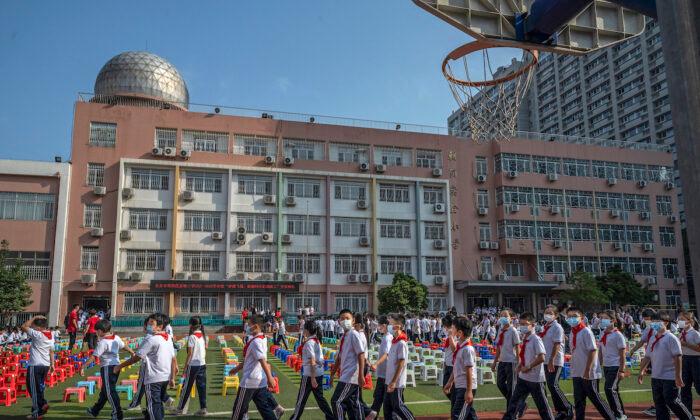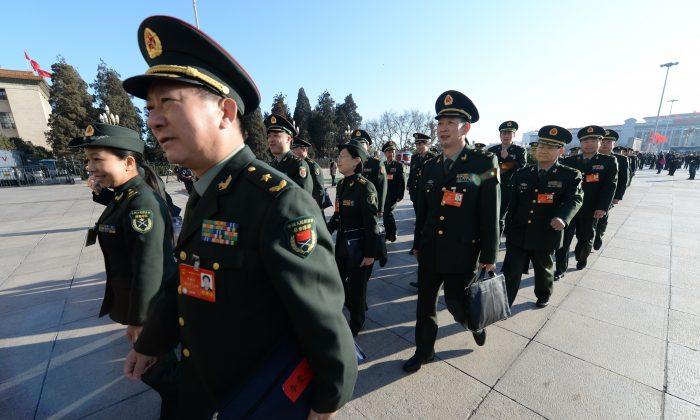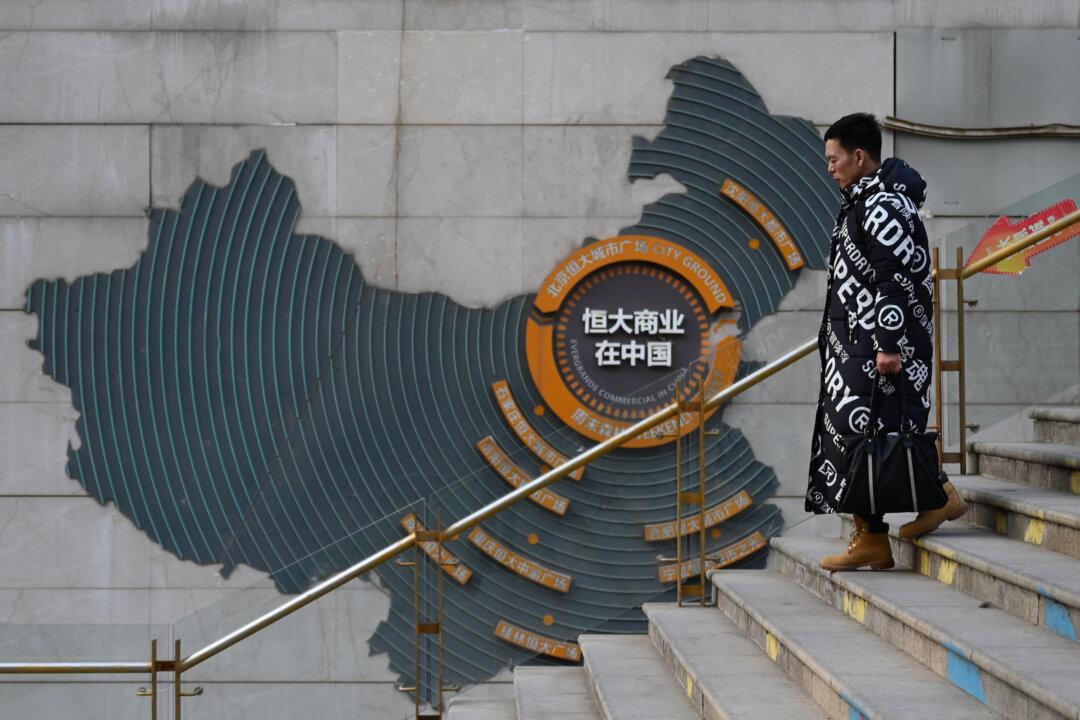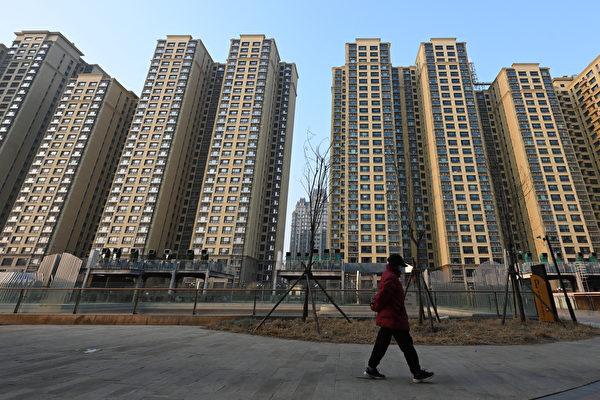China’s population has entered an era of negative growth, and the impact of plummeting birth rates has spread to the education sector.
The Asian giant may have seen a short baby boom in 2015 as many families decided to have a second child after the communist regime’s draconian one-child policy was lifted. However, instead of continuing to rise, birth rates declined after 2017.
Born in 2016, 2017
The ruling regime replaced its one-child policy with a two-child policy in 2016 in an attempt to reverse the trend of a shrinking population in the future. This prompted some families to have a second child. However, the two-child trend failed to sustain momentum, which lead to a three-child policy in 2021.In a few months, children born in 2016 and 2017 in China will start elementary school. However, all across China, schools have issued warnings about the limited supply of elementary and secondary school places.
The Chinese state media said that the shortage of school places has been ongoing in some areas of China for several years, but the issue is amplified this year due to a surge in enrollment as a result of the two-child policy.
The current capacity of Chinese schools was designed for the previous one-child policy. The sudden revision into a two-child policy created the unexpected wave of births, burdening the elementary schools this year. This is happening in China despite the fact that the overall population is declining.
Universities Facing Closure
China’s declining birth rate is likely to have a delayed effect on the nation’s secondary schools and universities in the upcoming years. At present, China’s universities have quietly started downsizing enrollment quotas; in January this year, more than a dozen provinces in China issued policies to halt the founding of new universities.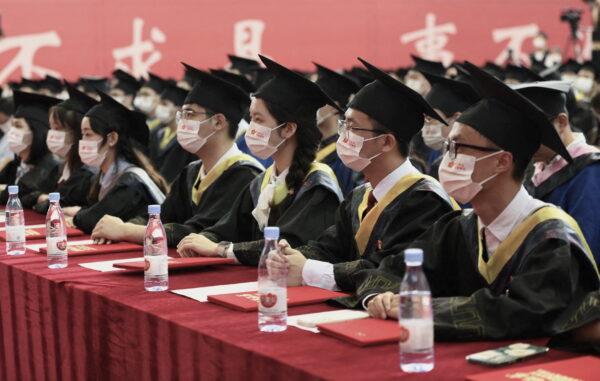
Data Claims Negative Population Growth
On Jan. 17, 2023, China’s National Bureau of Statistics released data revealing that the country’s annual births in 2022 fell below 10 million, which was lower than the annual death rate, and that the natural population growth rate turned from positive to negative. The country’s population declined by 850,000 compared to the previous year.The natural population growth rate is the ratio of the natural increase in population (number of births minus deaths) to the average total population over a certain period of time (usually one year), which reflects the trend and speed of natural population growth.
Outside of the education sector, China’s negative population growth will be one of the greatest challenges facing its economy in the coming years.
